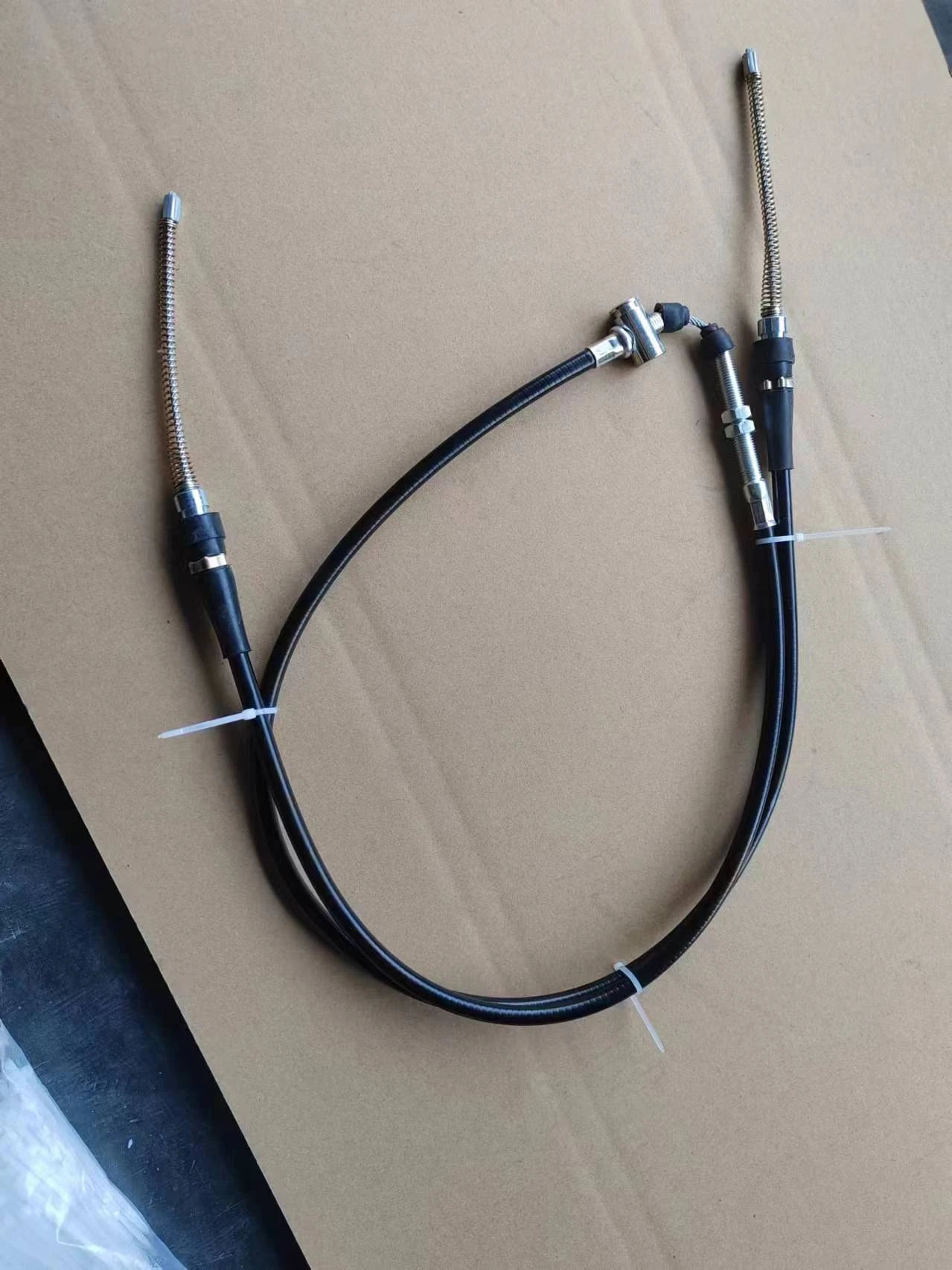rear derailleur cable
Understanding Rear Derailleur Cables The Unsung Heroes of Bike Gear Systems
When it comes to cycling, the rear derailleur cable is a component that often goes unnoticed among casual riders. However, this seemingly simple cable plays an essential role in the efficient functioning of a bike's gear system. Whether you’re a competitive cyclist, a weekend warrior, or someone who rides for leisure, understanding the importance of the rear derailleur cable can enhance your cycling experience.
What is a Rear Derailleur Cable?
The rear derailleur cable is a thin, durable wire that connects the shift lever on your handlebars to the rear derailleur on your bike’s rear cassette. When you pull the shift lever, it tightens or loosens the cable, which in turn moves the derailleur. This movement shifts the chain from one cog to another, allowing the rider to change gears smoothly and efficiently. Essentially, the rear derailleur cable is the mechanism that translates your intentions into action, enabling you to control your bike’s gear ratio and speed.
Importance of the Rear Derailleur Cable
1. Precision Shifting The effectiveness of your bike's gear system heavily depends on the condition of your rear derailleur cable. A well-maintained cable allows for smooth, accurate shifts between gears, reducing the risk of chain drops or misalignments. This is particularly vital during climbs or when speeding downhill, where proper gear engagement can make a significant difference in performance.
2. Durability and Longevity Over time, the rear derailleur cable can wear down due to exposure to elements, friction, and the natural stresses of cycling. Regular inspection and replacement are essential to ensure optimal performance. A frayed or rusted cable can lead to poor shifting, costing you precious seconds in a race or ruining an otherwise enjoyable ride.
3. Tuning and Maintenance Adjusting your rear derailleur cable tension is crucial for maintaining a responsive system. Most cyclists can perform basic adjustments using a simple barrel adjuster. Knowing how to fine-tune the cable can enhance your riding experience, allowing for instant gear changes without hesitation. Regular maintenance can prevent costly repairs and improve the overall lifespan of your bike components.
Signs of a Failing Rear Derailleur Cable
rear derailleur cable

Recognizing the signs of a failing rear derailleur cable can save you from frustrating rides. Some common indicators include
- Skipping Gears If you notice your bike skipping across gears or finding it hard to engage certain gears, it might be time to inspect the cable.
- Sluggish Shifts A delayed or sluggish response when shifting can indicate that the cable is stretched, worn out, or improperly adjusted.
- Fraying or Damage A visual inspection can reveal frayed ends or rust, which are clear signs that the cable needs replacing.
- Sticking If the cable feels sticky when pulled, moisture or dirt may have infiltrated the housing, affecting smooth movement.
How to Replace a Rear Derailleur Cable
Replacing a rear derailleur cable is a straightforward task that most cyclists can handle with a few tools. Start by removing the rear wheel to access the derailleur, then detach the old cable from the derailleur and shift lever. Thread the new cable through the housing and attach it to the derailleur. Finally, adjust the tension using the barrel adjuster to ensure smooth shifting.
Conclusion
The rear derailleur cable may be a small component in the grand scheme of a bike's gear system, but it certainly is an unsung hero. Understanding its function, maintaining its condition, and knowing when to replace it can significantly enhance your cycling performance and enjoyment. So, the next time you gear up for a ride, take a moment to appreciate the vital role that this little cable plays in helping you shift gears seamlessly and efficiently. Happy cycling!
-
Workings of Clutch Pipe and Hose SystemsNewsJun.04,2025
-
The Inner Workings of Hand Brake Cable SystemsNewsJun.04,2025
-
The Secrets of Throttle and Accelerator CablesNewsJun.04,2025
-
The Hidden Lifeline of Your Transmission Gear Shift CablesNewsJun.04,2025
-
Demystifying Gear Cables and Shift LinkagesNewsJun.04,2025
-
Decoding Clutch Line Systems A Comprehensive GuideNewsJun.04,2025
